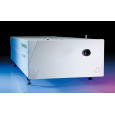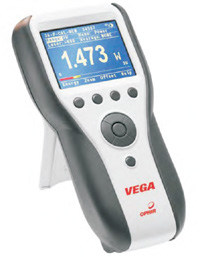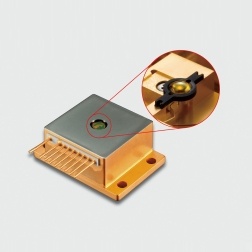方案详情
文
This paper presents a methodology to evaluate the stability of cockles in shallow estuaries for different hydrodynamic
conditions. Two methodologies are proposed in order to determine the suitability of the different regions of the estuary
for cockles. Considering the complexity of all the processes which determine the movement of cockles, the
methodology proposed here is intended to be a first approach to the problem taking into account only hydrodynamic
variables, although the inclusion of biological variables is being studied at the present time. The aim of this work is to
stablish an objective criteria for comparing the stability of cockles in different parts of an estuary under different
hydrodynamic conditions. In order to perform this analysis we have developed a cockle habitat model model which
considers the hydraulic characteristics of cockles and the flow patterns in the estuary.
方案详情

IMPLEMENTATION OF A COCKLE HABITATMODEL INATWO-DIMENSIONALSHALLOW WATER MODEL: APPLICATION TO A SHALLOW ESTUARY Luis Cea, Jose Anta , Jeronimo Puertas, Enrique Penia 1 Environmental and Water Engineering Group (GEAMA), University of A Corufia, Spain, Campus de Elvina s/n, 15071 A Coruna Corresponding author's email: luis.cea@udc.es ABSTRACT This paper presents a methodology to evaluate the stability of cockles in shallow estuaries for different hydrodynamicconditions. Two methodologies are proposed in order to determine the suitability of the different regions of the estuaryfor cockles. Considering the complexity of all the processes which determine the movement of cockles, themethodology proposed here is intended to be a first approach to the problem taking into account only hydrodynamicvariables, although the inclusion of biological variables is being studied at the present time. The aim of this work is tostablish an objective criteria for comparing the stability of cockles in different parts of an estuary under differenthydrodynamic conditions. In order to perform this analysis we have developed a cockle habitat model model whichconsiders the hydraulic characteristics of cockles and the flow patterns in the estuary. INTRODUCTION Two-dimensional shallow water models are increasingly used in environmental studies in rivers and coastal regionsproviding, in these cases, the water depth and velocity fields with a reasonable degree of accuracy. At the same time,there are a number of hydro-biological studies, which relate hydrodynamic and biological data for different species. In this paper we explore the possibility of using hydro-biological data in order to develop habitat models coupled tohydrodynamic models for specific species. Specifically, a cockle habitat model coupled to a 2D shallow water model ispresented. The habitat model is developed using both, biological data found in the literature, and experimental dataobtained by the authors in laboratory experiments. Two different methodologies are used in order to implement the hydro-biological data in the shallow water model.These methodologies are: 1) computation of the percentage of cockles mobilized as a function of the mean depth-averaged current velocity; 2) computation of a bed load transport equation for cockles. The application of methodologynumber 1 is similar to the definition of preference curves in the Instream Flow Incremental Methodology (IFIM) forfish habitat evaluation (Stalnaker et al., 1995). The second methodology is based on sediment transport equations, thecockles being treated as sediment particles with a specific diameter and density. The model developed has been applied to analyse the distribution of cockles in the inner part of the Arousa estuary(Galicia, Spain), considering different hydrodynamic scenarios, and the advantages and disadvantages of eachmethodology proposed are assessed. METHODOLOGY Cockle entrainment experiments In order to analyze cockle’s entrainment a series of experimental tests at laboratory scale were developed. The existingcockle in the studied river mouth is the Cerastoderma edule. Cockles from Ulla's estuary were collected and transportedto the Center of Technological Innovation of Edification and Civil Engineering-CITEEC (University of A Corufa). Thecharacteristic lengths of the cockles were measured with a 0.1 millimetre precision gauge in the three main directionsfollowing the methodology used in early experiments (Pena et al.,2008). Entrainment experiments were carried out in custom made stainless steel racetrack flume. It was oval in shape with two1.2 m long straight channels connected by two semicircular sections. The flume has a developed length of 9 m and thechannel is 50 cm wide by 50 cm deep. Water is recirculated by friction by means of 56 cm-diameter wheel made by 10vertical discs located in the middle of one of the two straights lines of the flume. In the experiments, six mean current speeds (Um) were chosen for the study:0.30,0.32,0.35,0.39, 0.45 and 0.47 m/s.Two populations of cockles were analyzed, reflecting the mollusc size and distribution found in the area of study inSeptember and May. The mean size of these distributions is 21 mm and 24 mm, and the cockle density (pe) is 1.207 and1.295 g/cm’respectively. The effect of recruitment rate (500 and 1000 ind/m) and activity (live or dead) in cockle erosion were analyzedalthough in this paper these factors are pooled together and entrainment rate is presented as a function of velocity andcockle size distribution. Velocity measurements were made by means of 2D Particle Image Velocimetry (PIV) technique. PIV equipment,manufactured by LaVisionO, has a Nd:Yag laser and was configured for collecting images at a frame rate of3.33 Hz.Mean velocity profiles were determined for each experimental condition using Double Averaged Methodology (Nikora,2007). From these records, mean and friction velocity were determined. A complete description of the experimentalmethodology is presented in Anta (2010). Hydrodynamic model The cockle habitat model needs as input data the water depth and velocity fields in the region of study, which in thepresent work are computed with a two-dimensional shallow water model (Turbillon) which has been experimentallyvalidated and applied to river and estuarine tidal current modelling in several previous studies. The numerical model isbased on the depth-averaged shallow water equations, which, neglecting the variations in atmospheric pressure over thespatial domain, the wind stress and the Coriolis acceleration, can be written as: where Ux, Uy are the two horizontal components of the depth-averaged velocity, qx, qy are the two components of theunit discharge, h is the water depth, zb is the bed elevation, Tb,x, Tb,y are the two horizontal components of the bedfriction stress, p is the water density, g is the gravity acceleration, and v is the eddy viscosity. In this work bed frictionis computed with Manning’s formula, and the eddy viscosity is evaluated with a depth-averaged mixing-length model.The equations of the model are solved with an unstructured finite-volume solver. A complete description of thenumerical schemes implemented in the hydrodynamic model is out of the scope of this paper, and the reader is referredto Cea et al.(2007). Cockle habitat model The cockle habitat model was developed using erosion rates of cockles gained through the flume experimentsconducted by Anta (2010). A summary of the percentage of cockles mobilized as a function of mean velocity ispresented in Table 1. Table 1. Percentage of cockles mobilized as a function of the water velocity for two cockle sizes. Size 0.298 m/s 0.315 m/s 0.346 m/s 0.391 m/s 0.446 m/s 0.471 m/s Dm~21 mm 8.5% 13.7% 20.1% 29.6% 53.1% 72.7% Dm~24 mm 8.0% 9.8% 15.0% 24.1% 41.2% 57.4% Using bedload sediment transport concepts a functional relationship between dimensionless transport parameter D andthe well known Shields parameter Y, the following relation was determined In these equations D is the dimensionless transport parameter defined as a function of the cockle transport rate qs, thenominal diameter of the cockles D and the ratio between cockle and water density =(pc-p)/p: The cockle transport rate qs is defined as the volume of eroded cockles (n) per unit time and unit width. During a test ofT seconds in a B meters width channel, the cockle transport rate is computed as: Finally, the Shieds parameter is obtained from cockle size and density and bed shear stress t,estimated from the shearvelocity derived from the law of the wall (Anta, 2010): CASE STUDY: THE AROUSA ESTUARY Site description and numerical model The cockle habitat model presented above has been used to analyse the cockle stability in the inner part of the Arousaestuary due to tidal and river currents under non-stratified conditions. The numerical model covers a surface ofapproximately 50Km , with an unstructured mesh of 14287 control volumes (Figure 1). The mesh is somewhat finer inthe Ulla shoals, a region of the estuary with a complex intertidal dynamics, high velocities and very small water depths(Figure 2). Figure 1. Aerial photo of the inner part of the Arousa estuary (left) and numerical mesh used in the simulations(right). Ulla shoals region shown inside a red circle. Figure 2. Water depth (left) and current velocity (right) at mean ebb tide. River discharge: 30m’/s. Mean tide. The river discharge was imposed at the upper (North East) boundary of the model, while the free surface elevation (Zs)given by the tidal level is used at the lower (South West) boundary. Two different river discharges (30 and 120 m’/s) incombination with the mean and spring tidal ranges (AZs=2.44m and AZs=4.37m), imposed as an harmonic forcing overthe mean tidal level (Zs=2.19m), have been considered in order to evaluate their impact on the results. Results and discussion The hydrodynamic results at several locations in the estuary (Figure 3) show a clear tidal asymmetry with flooddominance in the Ulla shoals region (locations P3 and P4) specially in spring tides, the Dronkers tidal asymmetry ratio,given by Equation (1.7), being 1.65 for the mean tide and 2.3 for the spring tide. Current velocities are higher during the flood tide, even for the highest river discharge (120 m’/s). Also, for the flowconditions analysed, velocities in the shoals region are in general higher for the 30m’/s river discharge than for the 120m’/s discharge. 0.6 0.4 0.2 0.0 -0.2 -0.4- Figure 3.Time series of water depth and velocity at several points in the Ulla shoals. Figure 4. Velocity-Stage plots at several points in the Ulla shoals. Figure 5 and Figure 6 show the cockle transport rate computed from Equation (1.2) at the locations shown in Figure 2for different hydrodynamic conditions.The most active region is location P3, where the highest current velocities occur.At locations P1 and P2 cockles are very stable, their transport rate being much more smaller. The tidal assymetry in the cockle transport rate is larger than in the current velocity, specially for mean tides, as it isshown in Figure 4, Figure 5 and Figure 6. The cockle transport rate gets larger as the tidal range increases. This isbecause the tidal current has a larger influence than the river current in the transport rate, for both mean and springtides. The effects of river discharge are not as strong as it could be expected (Figure 5 and Figure 6). For the mean tidalrange, the transport of cockles is larger at ebb tide than at flood tide, while the opposite occurs in spring tides. Figure 5. Cockle load-Stage plots at several points in the Ulla shoals. Cockle load computed from Equation (1.2).Note that the horizontal axis scale is different for each figure. Figure 6.Cockle load-Stage plots at several points in the Ulla shoals. Cockle load computed from Equation (1.2).Note that the horizontal axis scale is different for each figure. Figure 8. Percentage of cockles of D=21mm mobilized during ebb tide. Computed from Table 1. CONCLUSIONS A cockle habitat model coupled to a 2D shallow water model has been presented and applied to analyse the stability ofcockles in the inner part of the Arousa estuary (Galicia, Spain). The two different methodologies presented and used inthis paper lead to similar qualitative conclusions regarding cockle stability in the estuary for different hydrodynamicconditions. The methodologies presented here are rather simple to implement if an adequate hydrodynamic model is available tocompute the tidal hydrodynamics. At the present time more sophisticated methodologies are being developed andanalysed in order to account not only for cockle's stability but also for their movement and recruitment rate inside theestuary. ACKNOWLEDGEMENTS The authors would like to thank the Spanish Ministry of Environment which funded the project“Afecciones a la faunade las aguas de transicion de las variaciones de agua dulce generadas por las centrales hidroelectricas de punta”,113/SGTB/2007/1.4. REFERENCES Anta,J. (2010).“Caracterizacion hidrodinamica del arrastre del molusco C.edule con la metodologia el doblepromediado. Estudio en modelo fisico con tecnologia PIV”. PhD Dissertation, University of A Corufa (in spanish). Cea, L., Puertas,J., Vazquez-Cendon,M.E. (2007).“Depth averaged modelling of turbulent shallow water flow withwet-dry fronts”. Archives of Computational Methods in Engineering, State of the art reviews 14 (3) Cea, L., French,J.R., Vazquez-Cendon, M.E. (2006).“Numerical modelling of tidal flows in complex estuariesilYncluding turbulence: An unstructured finite volume solver and experimental validation” International Journal forNumerical Methods in Engineering 67(13):1909-1932 Nikora, V.,McEwan, I., McLean, S., Coleman,S.,Pokrajac,D. , Walters, R. (2007)."Double averagingconcept for rough-bed open-channel and overland flows: Theoretical background." Journal of Hydraulic Engineering133(8): 873-883. Pena, E., Anta, J.,Puertas, J., Teijeiro,T.(2008). “Estimation of Drag Coefficient and Settling Velocity of theCockle Cerastoderma edule Using Particle Image Velocimetry." Journal of Coastal Research 24 (4C): 150-158. Stalnaker, C.B., B.L. Lamb, J. Henriksen,K. Bovee, and J. Bartholow. (1995). The Instream Flow IncrementalMethodology: A Primer for IFIM. Washington, DC:U.S. Geological Survey Biological Report 29.45p.
确定
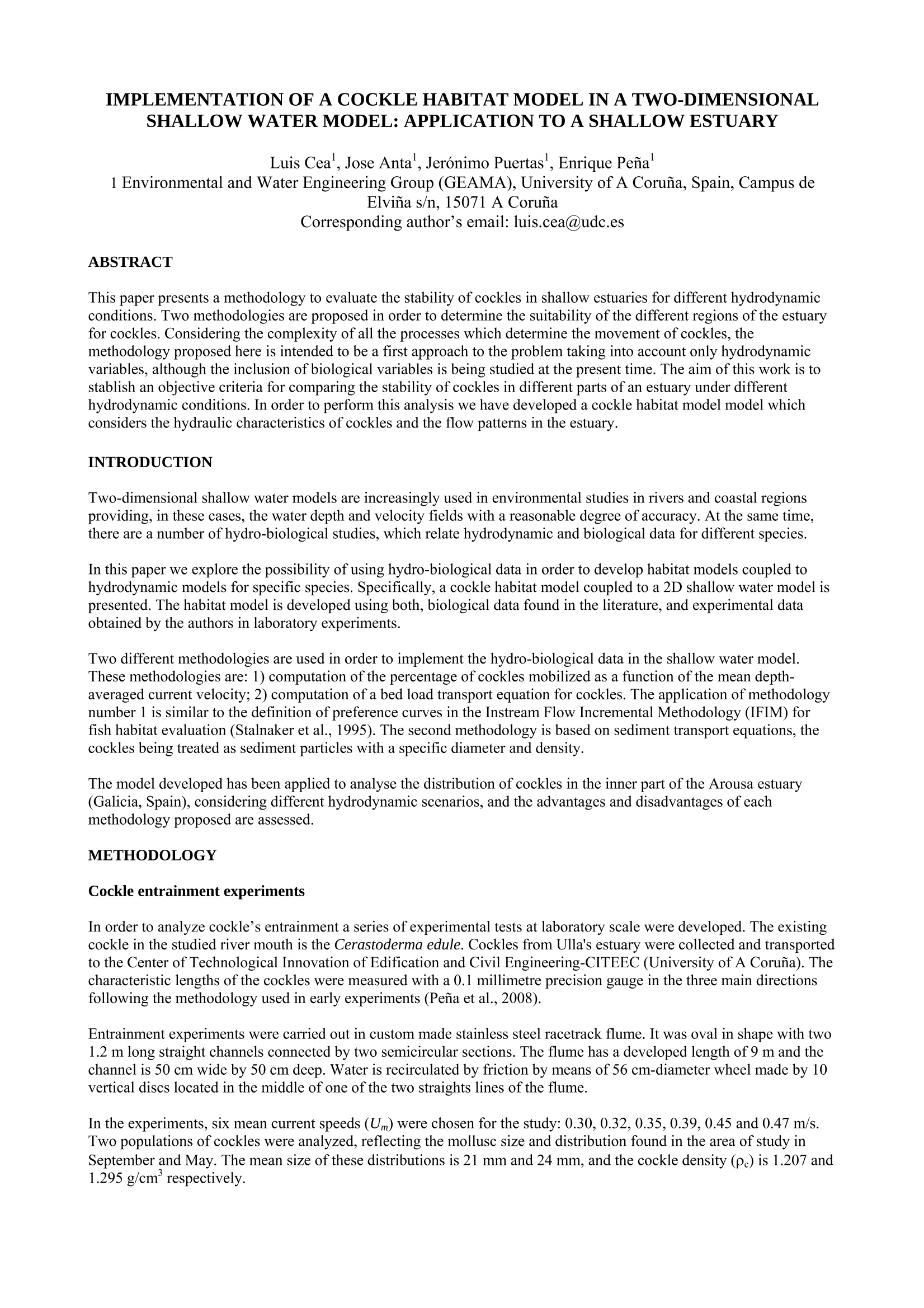
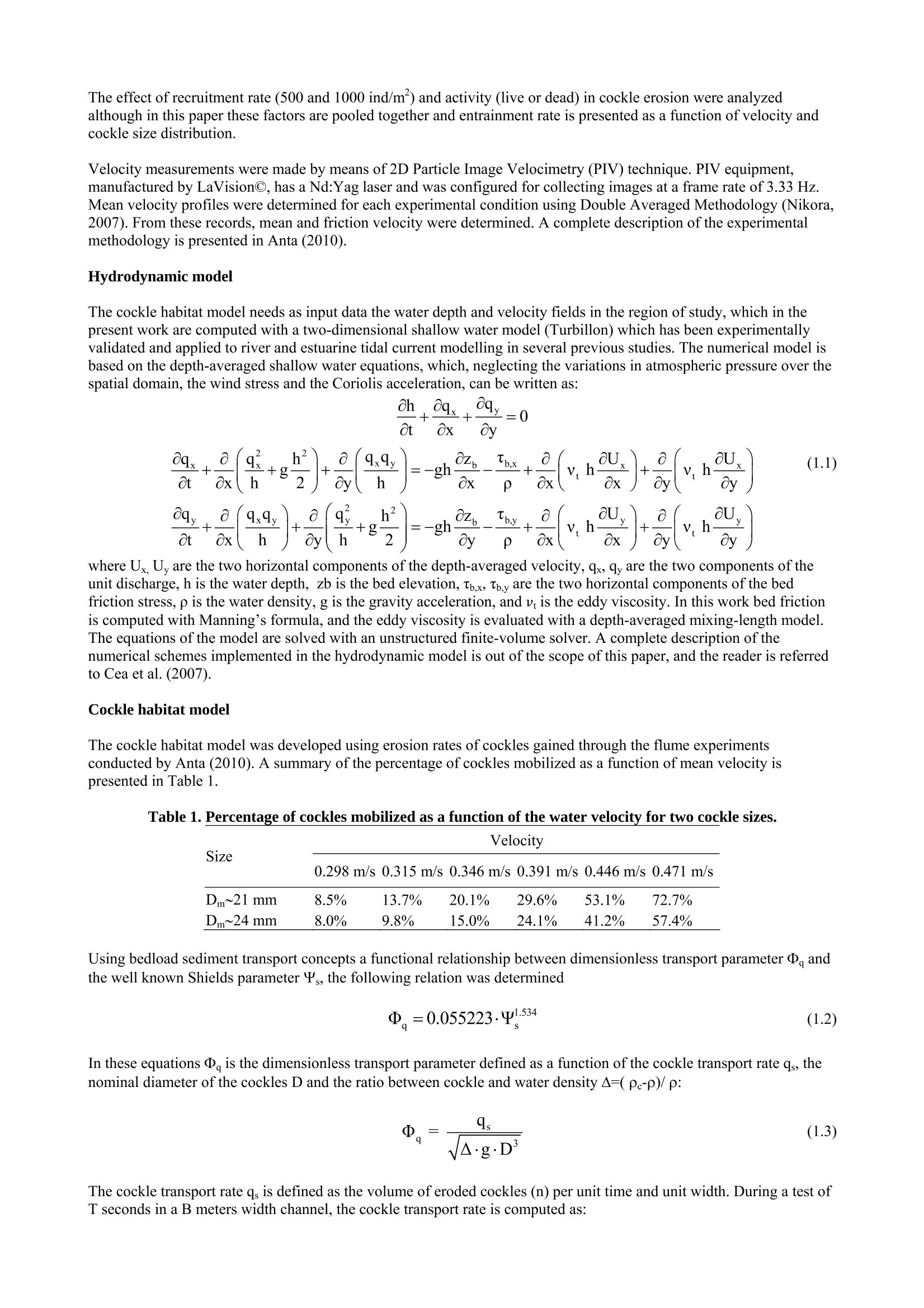
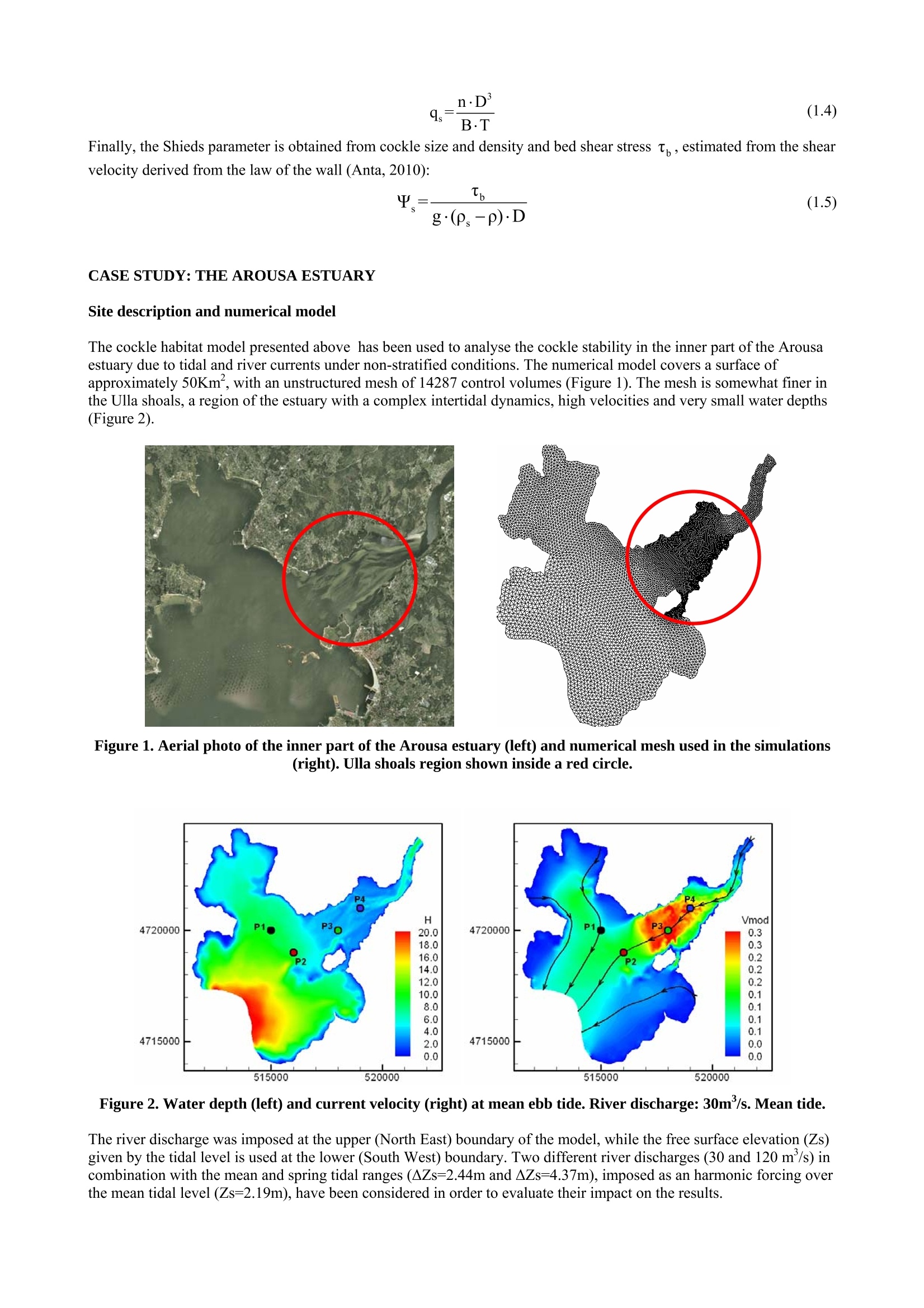

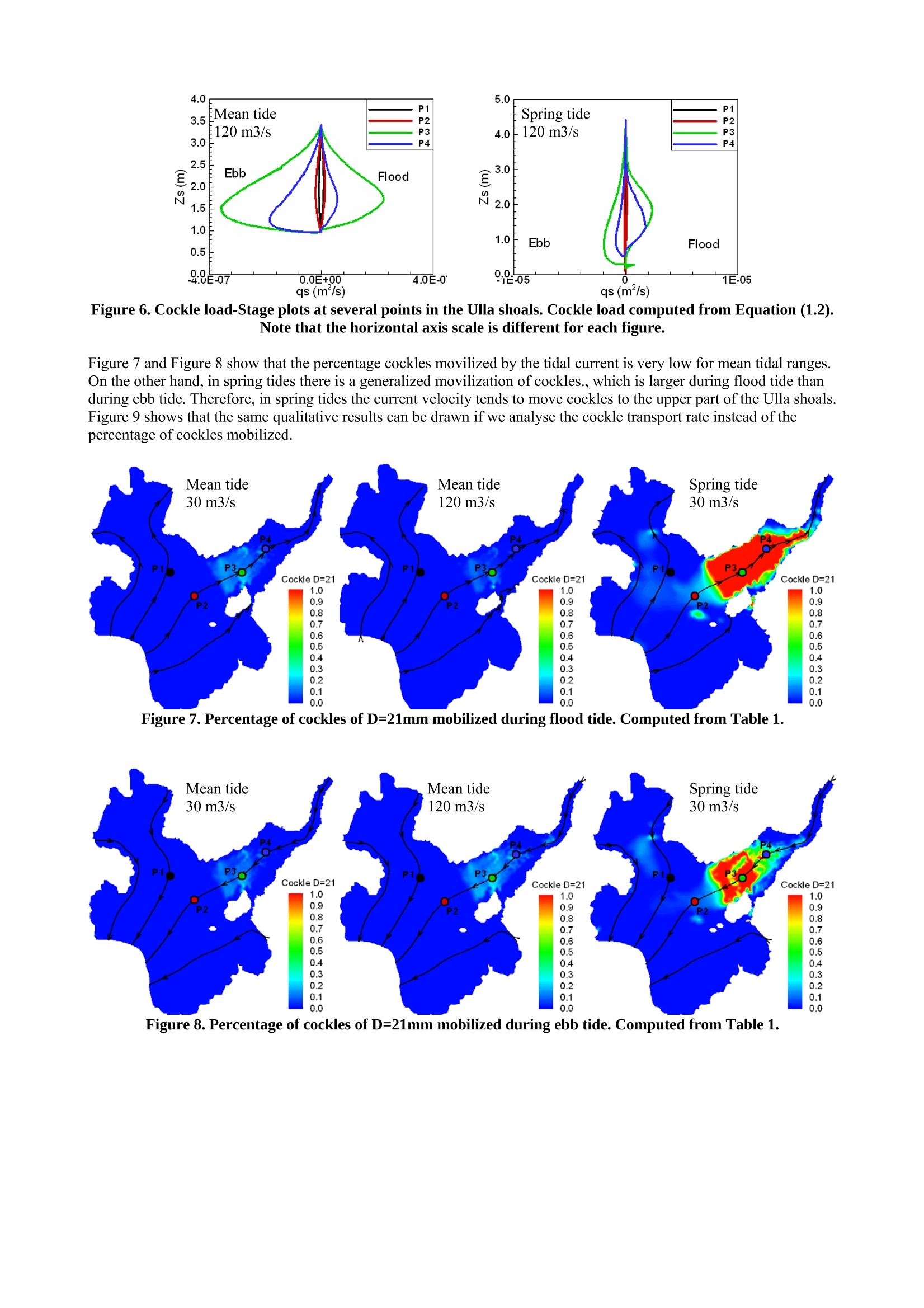
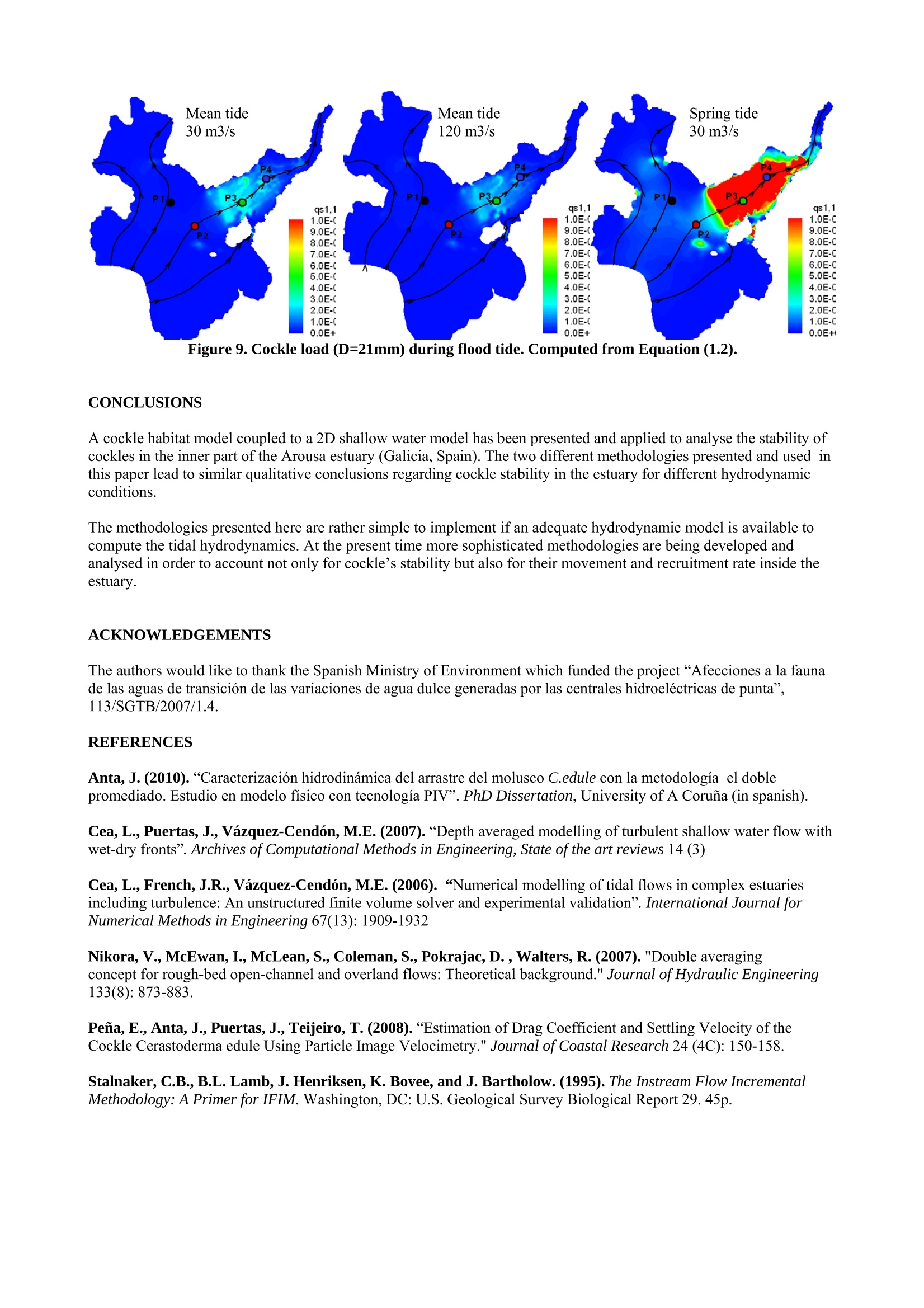
还剩4页未读,是否继续阅读?
北京欧兰科技发展有限公司为您提供《浅水池模型中两维浅水池模型中设置麦仙翁栖息地模型:应用于浅水湾检测方案(粒子图像测速)》,该方案主要用于其他中两维浅水池模型中设置麦仙翁栖息地模型:应用于浅水湾检测,参考标准--,《浅水池模型中两维浅水池模型中设置麦仙翁栖息地模型:应用于浅水湾检测方案(粒子图像测速)》用到的仪器有德国LaVision PIV/PLIF粒子成像测速场仪、Imager sCMOS PIV相机、Ekspla SL230型SBS压缩皮秒激光器
推荐专场
CCD相机/影像CCD
更多
相关方案
更多
该厂商其他方案
更多












